Saturn now has 82 known satellites
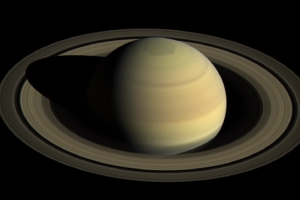 Solar System
Solar System

 Solar System
Solar System
Saturn now has 82 known satellites
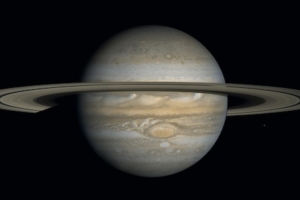 Solar System
Solar System
We explore the possibility of the two major heavyweights in the Solar System colliding in epic fashion
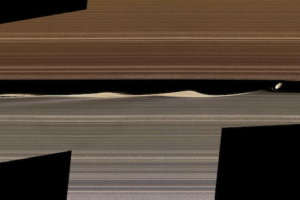 Solar System
Solar System
These discoveries were made using data from NASA’s Cassini spacecraft that flew through Saturn’s rings in late 2017
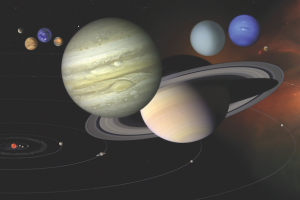 Solar System
Solar System
We take a look at why the members of the Solar System vary in colour
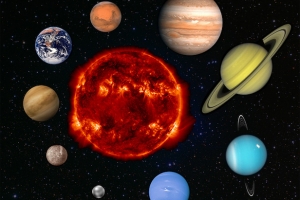 Solar System
Solar System
Out of the eight planets, from Mercury to Neptune, on which of these would you weigh the least?
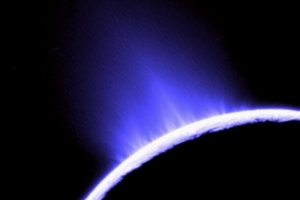 Solar System
Solar System
We take a look at whether a glass of alien water is safe for us to drink
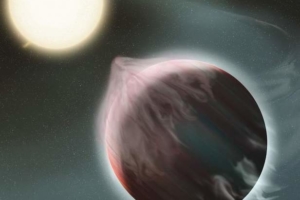 Solar System
Solar System
It would take something special, but the consequences would change the Solar System as we know it
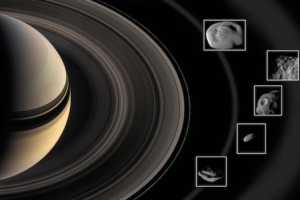 Solar System
Solar System
This finding has come from the legendary data left behind by NASA’s historic Cassini spacecraft
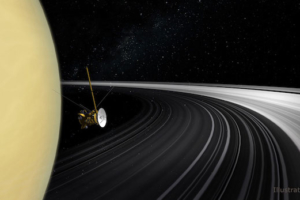 Solar System
Solar System
Using data collected by the now-deceased Cassini spacecraft, astronomers suggest the planet’s rings formed during the age of dinosaurs on Earth
 Solar System
Solar System
Researchers suggest that the stunning planetary feature will be gone in 300 million years
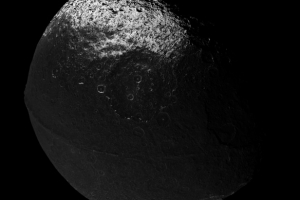 Solar System
Solar System
Read on to find out why Saturn’s moon has such an odd shape
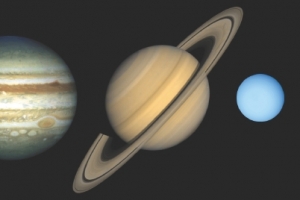 Solar System
Solar System
What’s inside these massive planets?
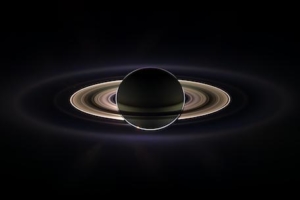 Solar System
Solar System
A year on from Cassini’s conclusion, its data is still being used to reveal a new radiation belt around the gas giant Saturn
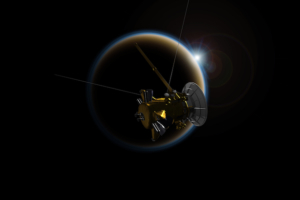 Solar System
Solar System
The last flyby of Saturn’s moon, Titan, showed its northern lakes and seas made up of liquid methane and ethane
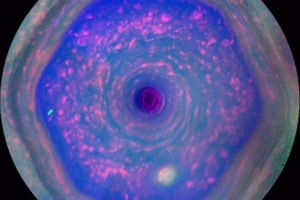 Solar System
Solar System
The hexagonal vortex can be seen growing increasingly clearer and warmer as summertime approaches
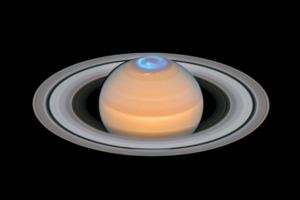 Solar System
Solar System
Combining optical and ultraviolet observations of Saturn’s north pole has provided a unique view of its enchanting aurora
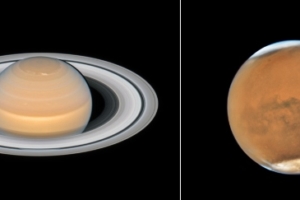 Solar System
Solar System
Hubble has taken advantage of the recent oppositions of Mars and Saturn to picture them in extraordinary detail
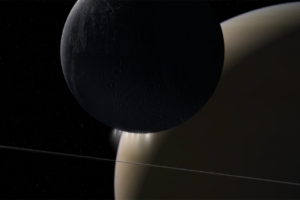 Solar System
Solar System
Researchers converted the interaction of plasma waves detected by NASA’s Cassini spacecraft into an eerie audio file
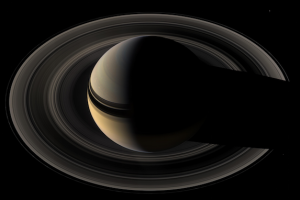 Solar System
Solar System
We find out how Saturn is able to hold onto its stunning rings
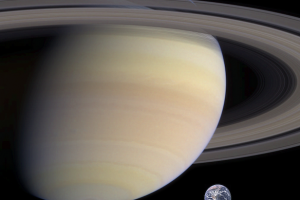 Solar System
Solar System
Hint: it doesn’t end well for our planet